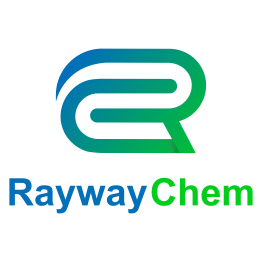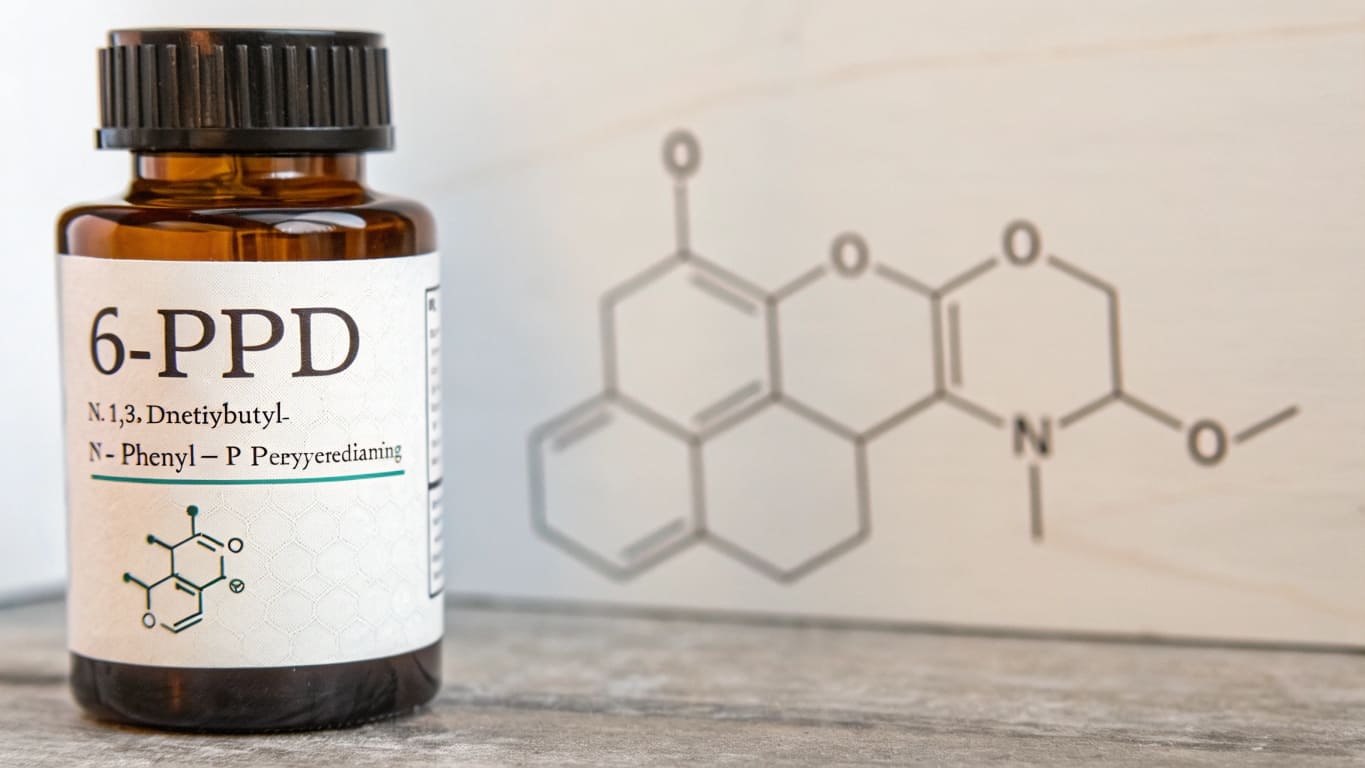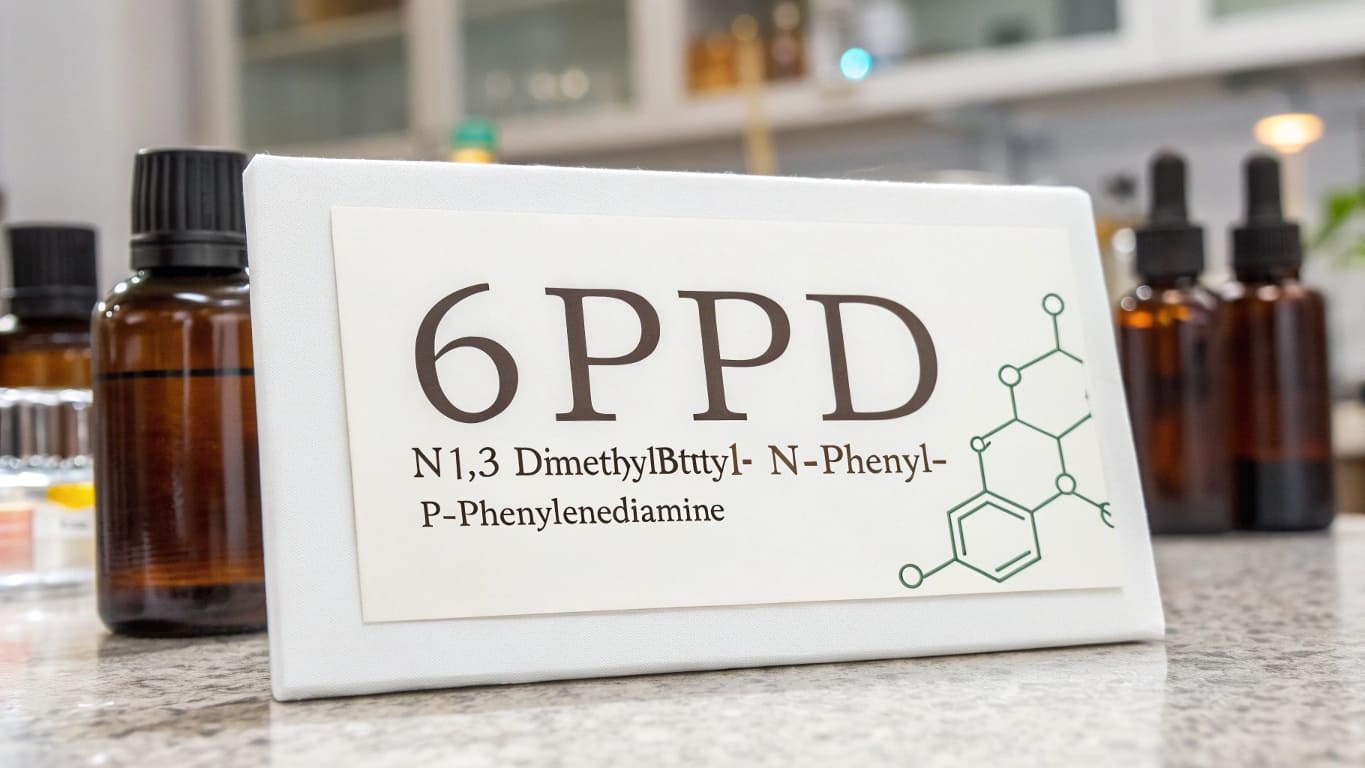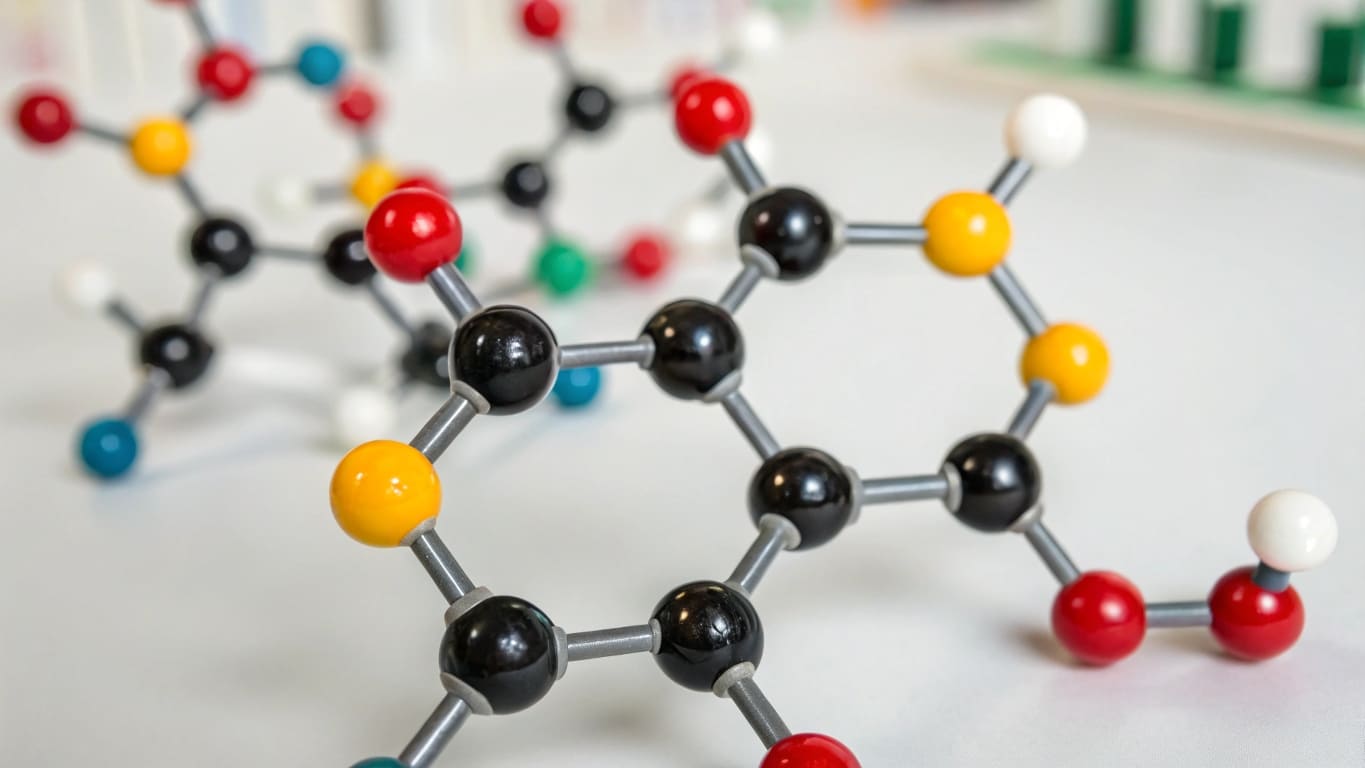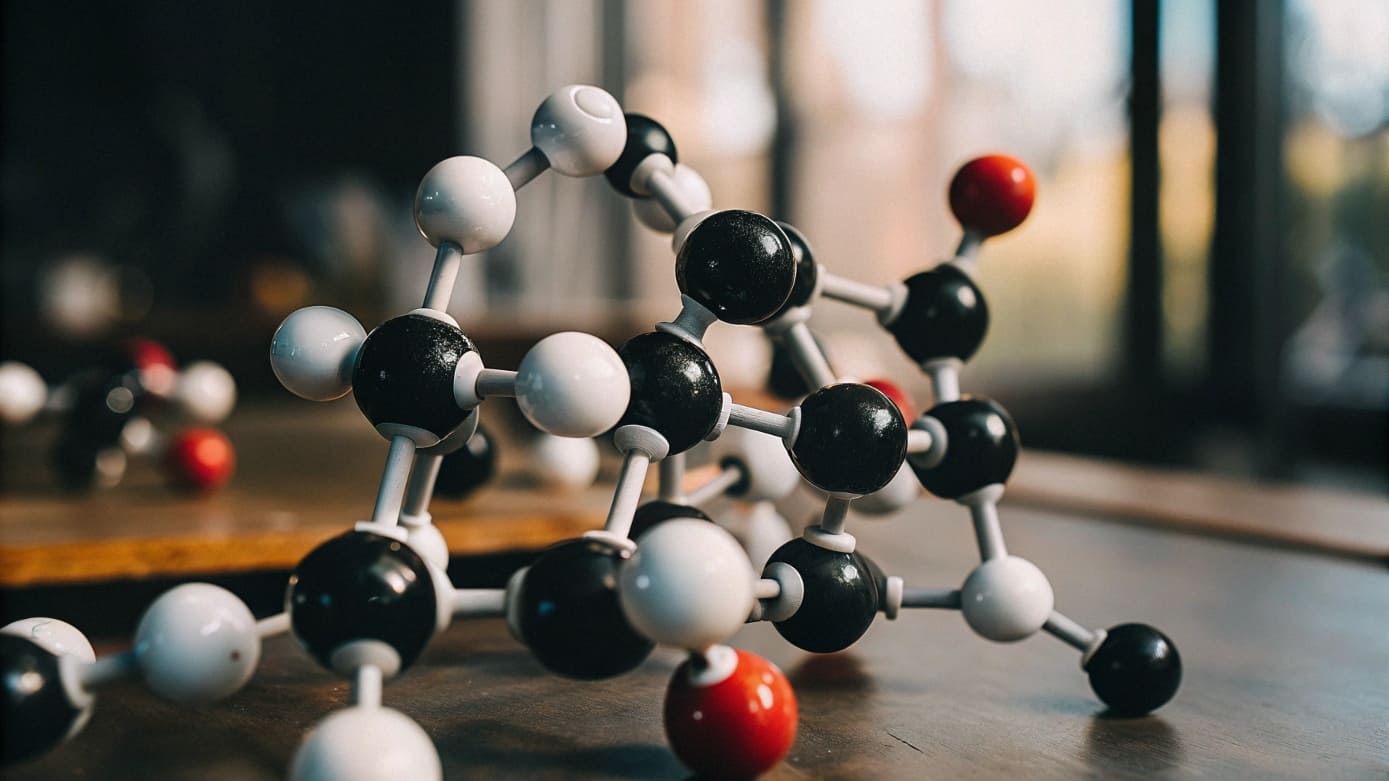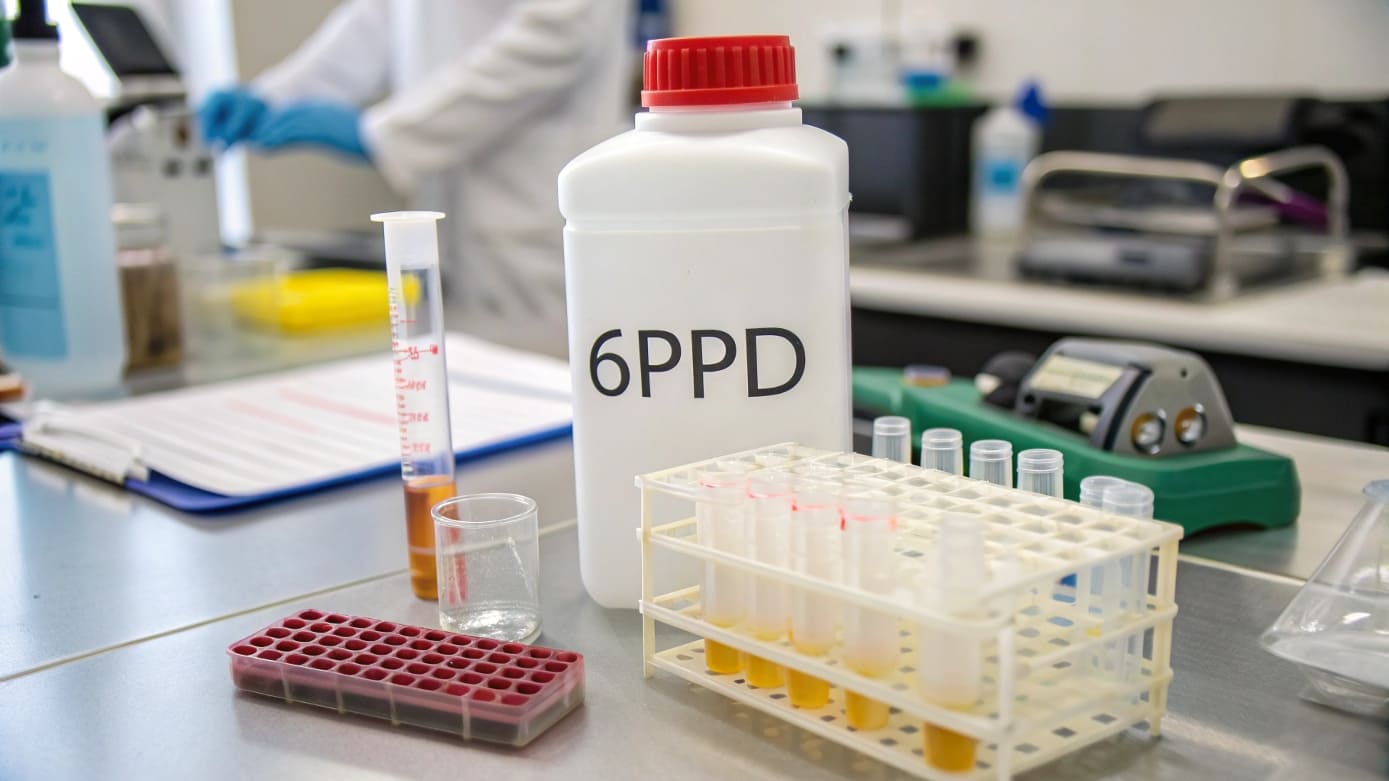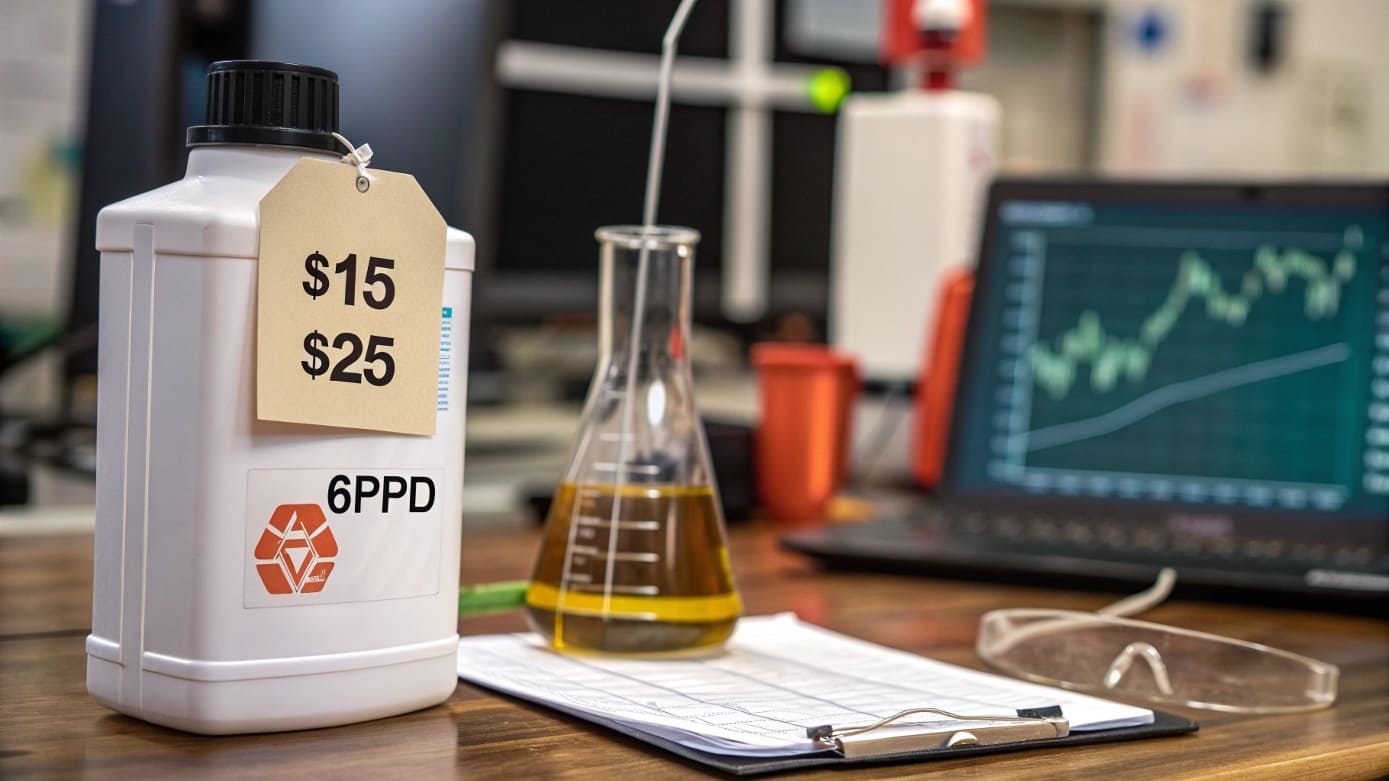``# What is the Rubber Antioxidant 6PPD?
6PPD (N-1,3-dimethylbutyl-N'-phenyl-p-phenylenediamine) is a widely used antioxidant in the rubber industry, known for its ability to protect rubber products from degradation caused by ozone, UV light, and heat. It significantly extends the lifespan and durability of rubber, particularly in tires and other products exposed to environmental stressors.
6PPD plays a crucial role in enhancing the performance and durability of rubber, especially in products like tires. This antioxidant prevents the rubber from cracking, aging, and deteriorating when exposed to ozone and heat. Its importance cannot be overstated, as it helps maintain rubber's integrity, ensuring it remains functional and durable for longer periods. Let's explore the various facets of 6PPD, including its chemical properties, uses, and advantages in the rubber industry.
What is the chemical name of antioxidant 6PPD?
The chemical name of 6PPD is N-1,3-dimethylbutyl-N'-phenyl-p-phenylenediamine.
6PPD is a phenylenediamine derivative, which is a type of organic compound that contains two aromatic rings and a diamine group. This specific structure contributes to the compound’s antioxidant and anti-ozonant properties. The presence of dimethylbutyl groups further stabilizes the molecule, making it highly effective in protecting rubber against oxidative degradation.
What is the chemical structure of antioxidant 6PPD?
The chemical structure of 6PPD consists of a central phenyl group attached to a diamine compound with two dimethylbutyl side chains.
The molecular formula of 6PPD is C18H24N2, where the central p-phenylenediamine backbone is flanked by two dimethylbutyl groups. These groups are crucial for enhancing the compound's stability and reactivity, which is why 6PPD works so effectively in protecting rubber products. This structure allows it to interact with and neutralize free radicals, which would otherwise lead to the breakdown of the rubber.
What is the use of 6PPD in rubber?
6PPD is primarily used in rubber to prevent oxidative degradation, cracking, and aging caused by exposure to ozone, UV light, and heat.
Rubber products, especially those exposed to the outdoors like tires, are highly susceptible to damage from environmental factors such as ozone and UV light. 6PPD helps mitigate these risks by scavenging free radicals, preventing the rubber from aging prematurely. This not only prolongs the life of rubber products but also helps them maintain their physical properties like flexibility and strength.
Why is 6PPD used in tires?
6PPD is used in tires to protect them from ozone cracking and UV degradation, ensuring longer-lasting durability and improved safety.
Tires are constantly exposed to harsh environmental conditions, including UV light, heat, and ozone, all of which can cause the rubber to crack and degrade over time. 6PPD plays a vital role in preserving the integrity of tires by preventing this type of damage. It enhances the tire’s ability to withstand these environmental factors, ultimately improving the tire’s longevity and performance.
What is the difference between 6PPD and TMQ?
6PPD is an antioxidant, while TMQ (Tetramethylthiuram disulfide) is primarily used as a vulcanization accelerator.
Both 6PPD and TMQ are commonly used in the rubber industry, but they serve different functions. 6PPD is an antioxidant and antiozonant, designed to protect rubber from aging and environmental stress. On the other hand, TMQ is primarily used as a vulcanization accelerator to speed up the curing process of rubber and improve its physical properties, such as elasticity and strength.
What is the best antiozonant for natural rubber?
6PPD is widely regarded as one of the best antiozonants for natural rubber due to its ability to protect against ozone degradation.
Natural rubber is highly prone to cracking when exposed to ozone, especially in outdoor environments. 6PPD provides superior protection by preventing ozone from attacking the rubber’s molecular structure, ensuring that natural rubber products, such as tires and seals, retain their integrity and functionality for longer periods.
What is a non-staining antioxidant for rubber?
6PPD is a non-staining antioxidant, meaning it does not cause discoloration in rubber products.
In the rubber industry, some antioxidants can stain the products they are added to, which is a particular concern for white or light-colored rubber items. 6PPD, however, is non-staining, making it ideal for applications where maintaining the rubber’s appearance is important, such as in footwear, automotive products, and other high-quality rubber goods.
What is the price of 6PPD?
The price of 6PPD typically ranges between $15 and $25 per kilogram, depending on factors like order volume and market conditions.
The cost of 6PPD can fluctuate based on various factors, including the supplier, demand, and shipping logistics. Larger orders tend to benefit from discounted prices, making it more economical for manufacturers. However, prices may vary depending on global demand and market shifts, so it’s important to check with suppliers for the most accurate and current pricing.
Conclusion
6PPD is an essential antioxidant in the rubber industry, offering critical protection against oxidative degradation, ozone, and UV damage. Its use in tires and other rubber products is invaluable for extending product life and maintaining performance.
